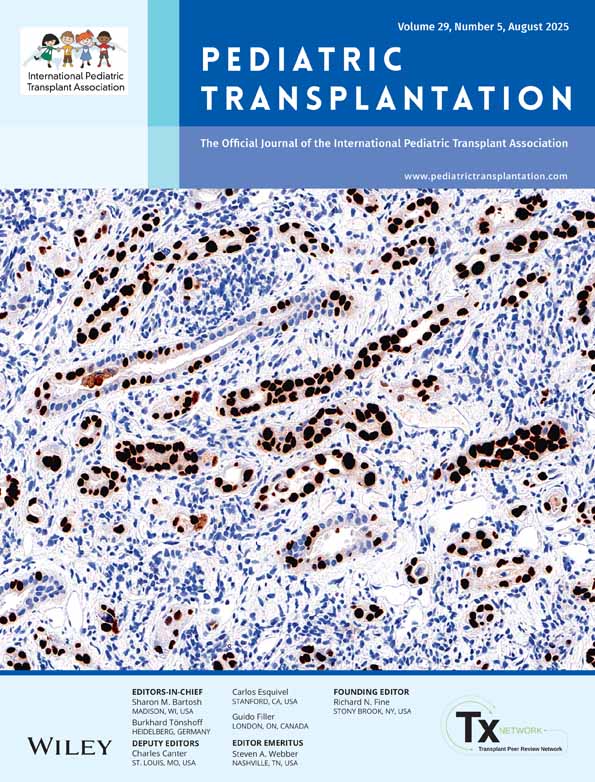Do Cold Ischemia and Transfusion Affect Pediatric Transplant Outcomes?
Funding: This work was supported by Hunan Provincial Natural Science Foundation (Grant 2024JJ9337) and Hunan Provincial Science and Technology Innovation Program (Grant 2023RC4011).
ABSTRACT
Objective
This study aims to compare the differences in clinical characteristics, postoperative complications, and survival rates between pediatric living donor liver transplantation (LDLT) and Donation After Brain Death (DBD).
Methods
This retrospective study analyzed 52 pediatric liver transplants from May 21, 2017, to March 29, 2024. Chi-square and t-tests were used to compare clinical characteristics and postoperative complications. Kaplan–Meier curves and Log-Rank tests evaluated survival outcomes, with statistical significance set at p < 0.05.
Results
The LDLT group (30 patients) was younger (28.1 vs. 70.0 months) and lighter (11.1 vs. 19.5 kg) than the DBD group (22 patients), with p < 0.001. There were no significant differences in PELD scores, waiting times, or ABO compatibility. However, cold ischemia time was shorter in the LDLT group (158.9 vs. 299.0 min; p < 0.001). The LDLT group required more transfusions (3.1 vs. 2.5 units; p < 0.001). Hepatic artery stenosis and thrombosis were more common in the DBD group, while chylous leakage occurred only in the LDLT group. Survival rates showed no significant difference (p = 0.137).
Conclusions
The higher intraoperative blood transfusion volume in the LDLT group is presumed to be associated with postoperative chronic rejection, chylous leakage, and mortality. In the DBD group, the higher incidence of hepatic artery stenosis/thrombosis is closely related to the longer cold ischemia time. Improving surgical techniques, completing the learning curve, reducing cold ischemia time, and minimizing intraoperative blood transfusions are expected to enhance transplant success rates and improve patient outcomes.
Conflicts of Interest
The authors declare no conflicts of interest.
Open Research
Data Availability Statement
The data that support the findings of this study are available from the corresponding author upon reasonable request.




